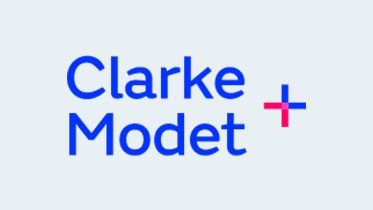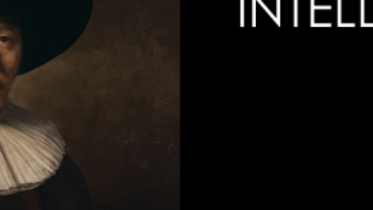New practices in the Argentine Trademark Office
- 25 September 2012
- Articles
In recent months, the Trademark Office has changed some administrative practices as a result of it new interpretation of the Trademark Law and of the adoption of new practices, which affect both the legal registrability principles set forth in the current Trademark Act, as well as the principles of simplicity and streamlining of trademark prosecution.
Substantive Issues:
1) Marks lacking Distinctive Capacity
Several Industrial Property Agents have received Office actions invoking Section 1 of the Trademark Law.
This section defines which types of signs may constitute a mark. According to to some examiners, the reason for the rejection is that the mark applications involved consist in words or number combinations lacking the necessary distinctive capacity to be considered a mark. In the vast majority of cases, they are number combinations, without claiming any words and/or colors, which under the Office’s new interpretation are not elegible for registration.
This is against the opinion of legal scholars and case law which has been applied for more than 40 years. If Levi Strauss now decided to apply for the 505 mark for trousers, without claiming any special words and/or colors, the application would be objected and rejected.
2) Misleading marks
Another type of rejections now issued by the Trademark Office invokes Section 3 paragraph (d) of the Trademark Law No. 22362.
In these Office actions the examiner interprets that if a trademark application mentions a certain type of product or service, and, the trademark application should be limited to that product or service. Mark applications such as “RINCON BEBE” (baby’s corner) were rejected by the examiner arguing that “it should be limited to the services listed in the trademark name, to avoid confusing the consumer public”.
The question here would be: Which services should the mark be limited to? Babys corner services? Furthermore, after the response filed by the applicant, the Trademark Office either rejected the application, or in some cases, the mark was limited at the Office´s discretion.
Procedural Issues:
1) Logo objections
On many occasions, the Office objects logo or design applications, because they “do not meet the requirements for publication in the IP Gazette set by the Trademark Office”.
This is due to the inefficient printing press used by the National Industry Property Institute (INPI) to publish a logo. Thus, when these logos are rejected, the applicant replies to the Office action attaching new logos, in many cases, the Office often decides that the new logo is not enough and rejects the trademark application.
It is worth mentioning that the publication fee is included in the Official Fee paid when filing a trademark application.
2) Evidence of claimed Priority
In those cases in which an applicant invokes the priority established under the Paris Convention, and requests protection for different classes, now it is required to attach the priority document or a copy thereof and its translation to each administrative file.
This is a change in the Office’s practice, where it was only necessary to identify in the comments section of each form, the file containing the original document.
This means a change in the administrative procedure, affecting the principles of administrative simplicity and informality established in the Administrative Procedure Law. These new criteria are inconsistent with the new trends towards reduction of red tape prevailing in other Latin American Offices.
A positive decision:
In this case, it is worth noting when there are positive changes. For example, the resolution established by the Trademark Office regarding the term of validity of a mark is good news. Under this new resolution, it has been decided that, for all those renewal applications filed as from January 1, 2012, and thereafter, the 10-year period shall be counted as from lapsing date of the registration for which renewal is sought.
Thus, registration periods are now identical and consecutive, contrary to those before 2011, where the 10-year period was counted as from the date of granting of the renewal application, a procedure that, on average, takes more than one year, and often more than two years.
Connect to our music








